Pritthijit Nath
FedRAIN-Lite: Federated Reinforcement Algorithms for Improving Idealised Numerical Weather and Climate Models
Aug 19, 2025Abstract:Sub-grid parameterisations in climate models are traditionally static and tuned offline, limiting adaptability to evolving states. This work introduces FedRAIN-Lite, a federated reinforcement learning (FedRL) framework that mirrors the spatial decomposition used in general circulation models (GCMs) by assigning agents to latitude bands, enabling local parameter learning with periodic global aggregation. Using a hierarchy of simplified energy-balance climate models, from a single-agent baseline (ebm-v1) to multi-agent ensemble (ebm-v2) and GCM-like (ebm-v3) setups, we benchmark three RL algorithms under different FedRL configurations. Results show that Deep Deterministic Policy Gradient (DDPG) consistently outperforms both static and single-agent baselines, with faster convergence and lower area-weighted RMSE in tropical and mid-latitude zones across both ebm-v2 and ebm-v3 setups. DDPG's ability to transfer across hyperparameters and low computational cost make it well-suited for geographically adaptive parameter learning. This capability offers a scalable pathway towards high-complexity GCMs and provides a prototype for physically aligned, online-learning climate models that can evolve with a changing climate. Code accessible at https://github.com/p3jitnath/climate-rl-fedrl.
Towards a Foundation Model for Communication Systems
May 20, 2025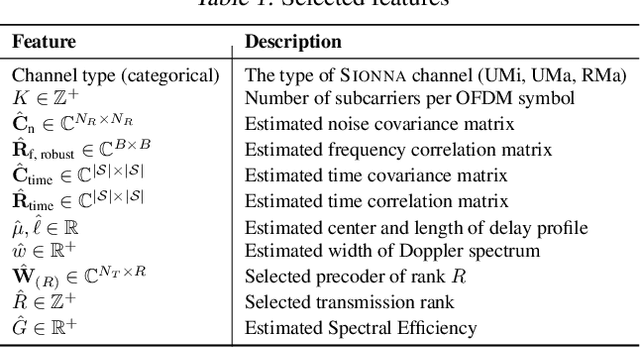
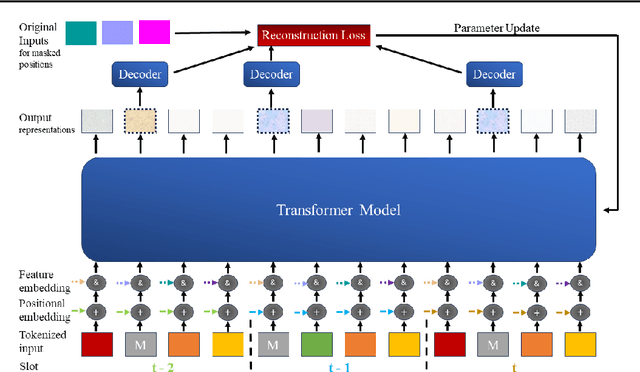
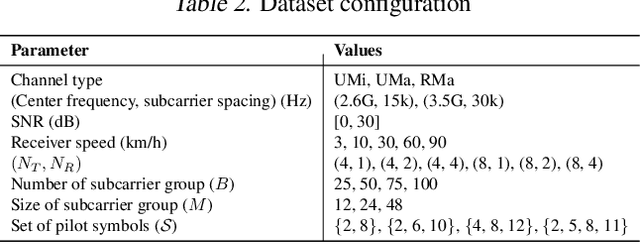
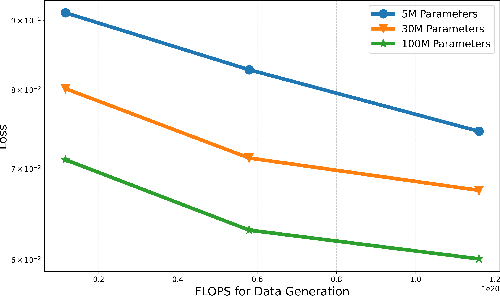
Abstract:Artificial Intelligence (AI) has demonstrated unprecedented performance across various domains, and its application to communication systems is an active area of research. While current methods focus on task-specific solutions, the broader trend in AI is shifting toward large general models capable of supporting multiple applications. In this work, we take a step toward a foundation model for communication data--a transformer-based, multi-modal model designed to operate directly on communication data. We propose methodologies to address key challenges, including tokenization, positional embedding, multimodality, variable feature sizes, and normalization. Furthermore, we empirically demonstrate that such a model can successfully estimate multiple features, including transmission rank, selected precoder, Doppler spread, and delay profile.
Improving Tropical Cyclone Forecasting With Video Diffusion Models
Jan 27, 2025



Abstract:Tropical cyclone (TC) forecasting is crucial for disaster preparedness and mitigation. While recent deep learning approaches have shown promise, existing methods often treat TC evolution as a series of independent frame-to-frame predictions, limiting their ability to capture long-term dynamics. We present a novel application of video diffusion models for TC forecasting that explicitly models temporal dependencies through additional temporal layers. Our approach enables the model to generate multiple frames simultaneously, better capturing cyclone evolution patterns. We introduce a two-stage training strategy that significantly improves individual-frame quality and performance in low-data regimes. Experimental results show our method outperforms the previous approach of Nath et al. by 19.3% in MAE, 16.2% in PSNR, and 36.1% in SSIM. Most notably, we extend the reliable forecasting horizon from 36 to 50 hours. Through comprehensive evaluation using both traditional metrics and Fr\'echet Video Distance (FVD), we demonstrate that our approach produces more temporally coherent forecasts while maintaining competitive single-frame quality. Code accessible at https://github.com/Ren-creater/forecast-video-diffmodels.
Estimating atmospheric variables from Digital Typhoon Satellite Images via Conditional Denoising Diffusion Models
Sep 12, 2024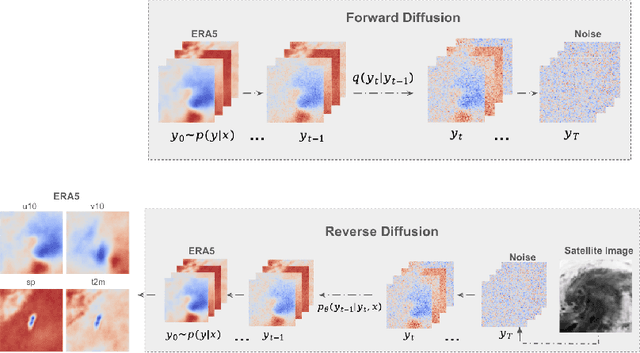
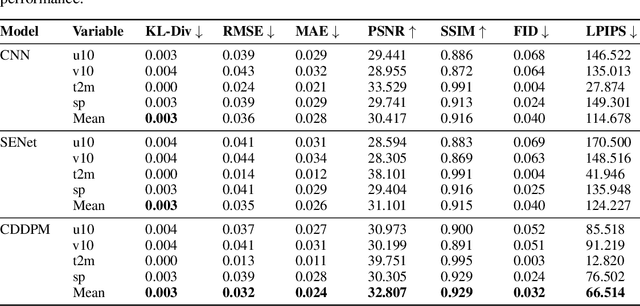

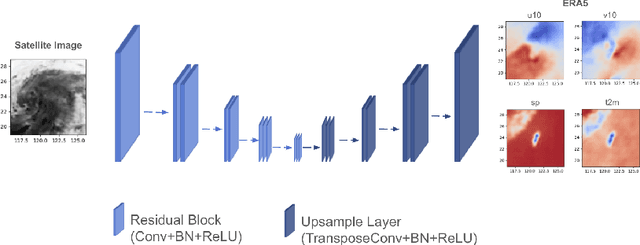
Abstract:This study explores the application of diffusion models in the field of typhoons, predicting multiple ERA5 meteorological variables simultaneously from Digital Typhoon satellite images. The focus of this study is taken to be Taiwan, an area very vulnerable to typhoons. By comparing the performance of Conditional Denoising Diffusion Probability Model (CDDPM) with Convolutional Neural Networks (CNN) and Squeeze-and-Excitation Networks (SENet), results suggest that the CDDPM performs best in generating accurate and realistic meteorological data. Specifically, CDDPM achieved a PSNR of 32.807, which is approximately 7.9% higher than CNN and 5.5% higher than SENet. Furthermore, CDDPM recorded an RMSE of 0.032, showing a 11.1% improvement over CNN and 8.6% improvement over SENet. A key application of this research can be for imputation purposes in missing meteorological datasets and generate additional high-quality meteorological data using satellite images. It is hoped that the results of this analysis will enable more robust and detailed forecasting, reducing the impact of severe weather events on vulnerable regions. Code accessible at https://github.com/TammyLing/Typhoon-forecasting.
RAIN: Reinforcement Algorithms for Improving Numerical Weather and Climate Models
Aug 28, 2024



Abstract:This study explores integrating reinforcement learning (RL) with idealised climate models to address key parameterisation challenges in climate science. Current climate models rely on complex mathematical parameterisations to represent sub-grid scale processes, which can introduce substantial uncertainties. RL offers capabilities to enhance these parameterisation schemes, including direct interaction, handling sparse or delayed feedback, continuous online learning, and long-term optimisation. We evaluate the performance of eight RL algorithms on two idealised environments: one for temperature bias correction, another for radiative-convective equilibrium (RCE) imitating real-world computational constraints. Results show different RL approaches excel in different climate scenarios with exploration algorithms performing better in bias correction, while exploitation algorithms proving more effective for RCE. These findings support the potential of RL-based parameterisation schemes to be integrated into global climate models, improving accuracy and efficiency in capturing complex climate dynamics. Overall, this work represents an important first step towards leveraging RL to enhance climate model accuracy, critical for improving climate understanding and predictions. Code accessible at https://github.com/p3jitnath/climate-rl.
Forecasting Tropical Cyclones with Cascaded Diffusion Models
Oct 04, 2023
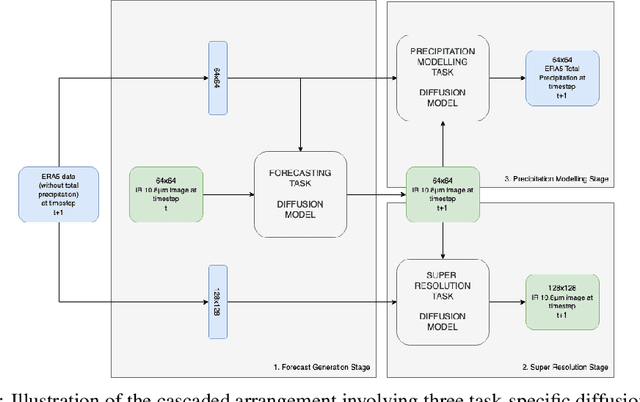

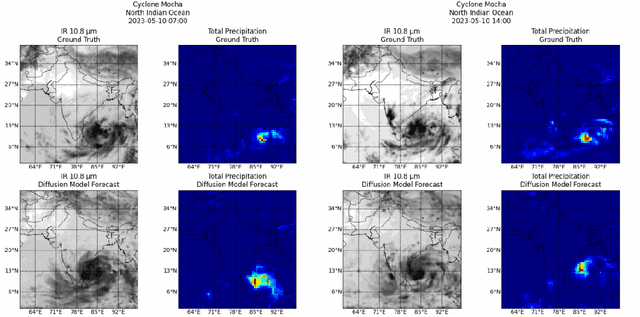
Abstract:As cyclones become more intense due to climate change, the rise of AI-based modelling provides a more affordable and accessible approach compared to traditional methods based on mathematical models. This work leverages diffusion models to forecast cyclone trajectories and precipitation patterns by integrating satellite imaging, remote sensing, and atmospheric data, employing a cascaded approach that incorporates forecasting, super-resolution, and precipitation modelling, with training on a dataset of 51 cyclones from six major basins. Experiments demonstrate that the final forecasts from the cascaded models show accurate predictions up to a 36-hour rollout, with SSIM and PSNR values exceeding 0.5 and 20 dB, respectively, for all three tasks. This work also highlights the promising efficiency of AI methods such as diffusion models for high-performance needs, such as cyclone forecasting, while remaining computationally affordable, making them ideal for highly vulnerable regions with critical forecasting needs and financial limitations. Code accessible at \url{https://github.com/nathzi1505/forecast-diffmodels}.
 Add to Chrome
Add to Chrome Add to Firefox
Add to Firefox Add to Edge
Add to Edge